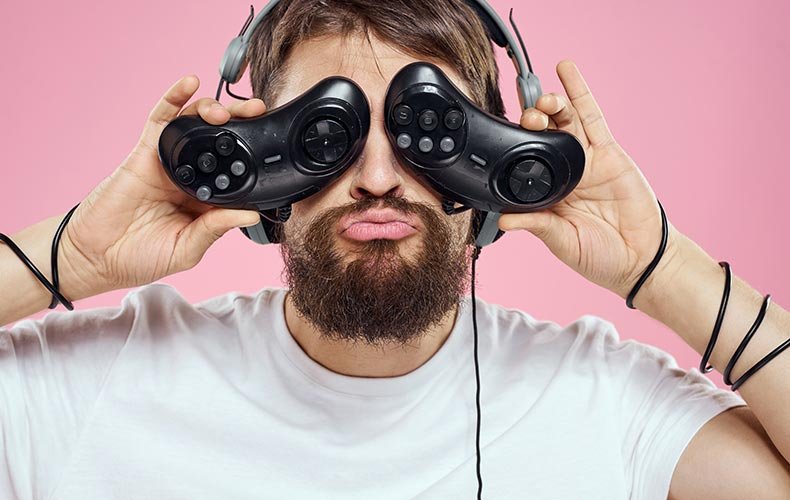Thursday, September 14, 2023

Everyday a new influencer-backed beauty brand pops up on our Instagram feeds, promising to sell out of the buzzed about product du jour. Often these products — which are far from cheap — indeed sell out, prompting disappointed shoppers to look online for the real deal at an even better price.
The result? On top of unknowingly jeopardizing their health with counterfeit products, shoppers collectively waste $9 million each day on health and beauty products purchased on the merit of misinformation like fake reviews.
In this article we’ll unpack our recent consumer study quantifying the extent of this problem, and what shoppers can do to buy health, beauty, and wellness products with confidence.
The problem of counterfeit products
The reality is that highly sought after beauty and wellness products sold through alternative resellers could be counterfeit, posing major risks to both consumers’ wallets and their health.
If you’ve so far been spared the misfortune of sinking money into a fake, the Netflix documentary Broken: Make-Up Mayhem shows just how extreme the negative effects can be. Just ask the interviewee who shared that a counterfeit Kylie lipstick got its shiny appearance from actual superglue, which stuck her lips together.
Though COVID-19’s effects on our daily life seem to be letting up, its effects on the consumption of beauty and wellness products are poised to last. According to our health and beauty study with London Research in April 2020, shoppers in the US and UK spent more than usual on beauty and wellness products while in lockdown.
Increased demand over the last few months, combined with official suppliers struggling to restock products caught up in global supply chains, has led some shoppers to take a chance on online stores they may ordinarily distrust. In short, lockdown was a counterfeiter’s dream.
Demand for beauty and wellness soars in uncertain times
Just how much has demand for beauty and wellness products increased over the last few months? According to our research, 59% of US consumers and 55% of UK consumers are spending more on health products relevant to the coronavirus pandemic.
Meanwhile, about a quarter of consumers report spending more on beauty products. For many of the respondents, the extra spend came down to wanting to treat themselves while in lockdown.
Within the health and wellness category, the impact of COVID-19 on purchasing behavior is plain to see. To no one’s surprise, hand sanitizer and soap have been the most commonly purchased items, along with supplements and vitamins promising to strengthen our defenses against the virus.
And with so many beauty-focused consumers taking advantage of time indoors to revamp or even expand their beauty routines, haircare and skincare were the most popular spending categories.

Beauty and wellness products are surrounded by fake reviews and misinformation
When savvy shoppers realize that their usual sources are running out of stock, they tend to find new sources of products. Yet, only about a third of shoppers in the US and UK report that they’re more cautious about the beauty and wellness products they buy because of fake or inaccurate reviews, or even exaggerated claims about a product’s effectiveness on a brand’s own website.
A bit more than half of shoppers in both the US and UK are confident that they’ve avoided any form of misinformation around beauty and wellness products, but 12% reported that they weren’t sure. As it turns out, even the savviest shoppers aren’t always aware that they’re dealing with untrustworthy information.
Unfortunately fake reviews are far from uncommon in the beauty and wellness industry, where even major brands have been known to post positive reviews about their own products — and sometimes go so far as to leave negative reviews for their competitors.
According to Ed Saper, Director at Pai Skincare, there’s little stopping brands from surrounding their products with false reviews, which means it’s the consumers (and the honest businesses) that lose out.
Spotting a fake review isn’t always as straightforward as it sounds, but Ahonestreview’s Head of Fraud Investigations recommends the following:
- Step back and look at the full spread of rating scores, as well as the timespan in which they were left. Honest companies tend to have a range of reviews collected over a long period of time, so solely positive reviews collected within the same week could indicate a false representation of the business.
- Look for recurring words or sentence structures. If the reviewer mentions the brand’s name an unnatural number of times, or if it reads like a product description written by a marketing team, take that as a red flag.
- Take note of whether reviewers were invited to leave feedback. If all positive reviews were invited by the brand, and all negative reviews were left organically, you might have reason to take the positive reviews less seriously.









 Get it on
Get it on  Download on the
Download on the 